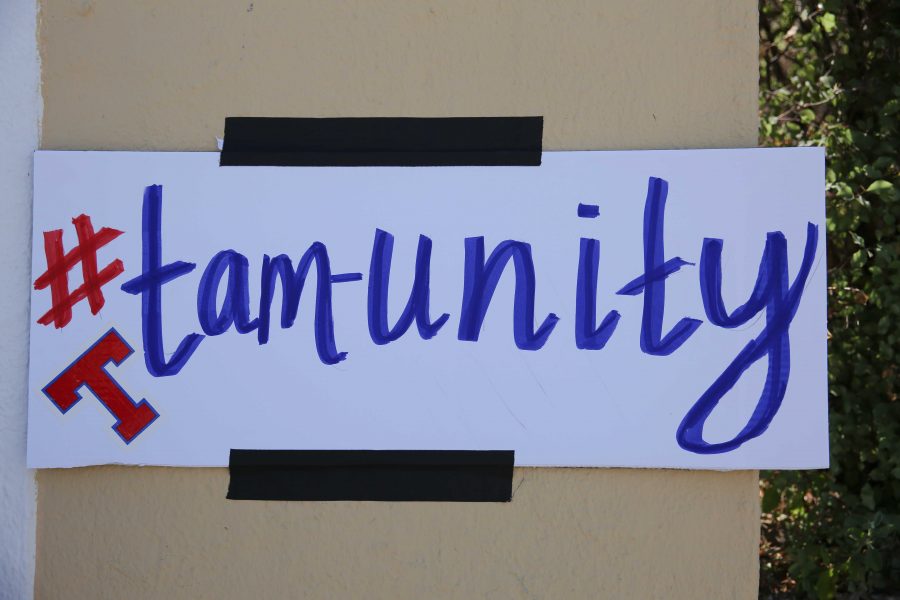In February 2017, Tam had its first ever “Breakthrough Day,” which commemorated the 50th anniversary of Operation Breakthrough, an event intended to promote racial understanding and organized by students in response to race riots on campus.
Breakthrough Day admirably sought to address racial inequalities within our community, but several aspects of its execution were ineffective. As students, teachers, and administrators begin planning a follow-up for this year, it is imperative that they improve on last year’s event and challenge students to think more critically about the role race plays in their lives.
One of the most notable barriers toward a constructive dialogue last year was the fact that the discussions on race were held in students’ tutorial classes, which led in some instances to conversations populated mostly or entirely by white students. Many of those students — who’d experienced limited direct encounters with racism — were too cautious to voice any potentially controversial opinions, and the onus of speaking for the entirety of Tam’s students of color fell unfairly onto the few non-white students per classroom.
Given Tam’s racial makeup that problem is to some extent unavoidable; however, the event’s organizers need in the future to make a greater effort to arrange discussions with an eye for diversity.
Another important facet of a successful Breakthrough Day is an emphasis on student leadership; after all, Operation Breakthrough was both planned and executed by students. But staff played a much larger role than advertised in the arranging of Breakthrough Day last year. This year, the administration has signaled an intent to work closely with groups such as the Black Student Association and Students of Color, a decision which was unequivocally the right one.
Last year’s Breakthrough Day also suffered from having too broad of a scope. For all its inspirational atmosphere the day’s focus never fully developed; that is, the importance of working together to create racial understanding was stressed without outlining a plan for doing so. The discussion of specific examples of racism at Tam, and specific ways to combat it, is vital to Breakthrough Day’s accomplishing anything. For example, last year’s speaker, Ron Blasingame, Tam alumnus and the school’s first black class president, was able to contextualize racism in a way that many class discussions were not.
The day’s lack of action-based outcomes also meant that for the most part its effects on white students were short-lived. After racism’s brief time in the spotlight it fell again largely to the back of their minds. Expecting teachers, especially those who don’t teach classes related to humanities or the social sciences, to discuss those issues constantly is unfair and unrealistic, and making Breakthrough Day a more frequent occurrence would disrupt classes with the same frequency, but we can still find ways to make sure the lessons of Breakthrough Day stay with students.
Above all else, a successful Breakthrough Day should cultivate an environment that allows students to be more comfortable with each other with issues of race, at Tam and in the world at large, as was the event’s original purpose. In a time where not just our school but our entire country is often divided along racial lines, it is more important than ever that students are able to talk about difficult topics openly, respectfully, and passionately. Breakthrough Day was never meant to act in that respect as a solution, but if executed properly it can offer the kind of start we desperately need. ♦


